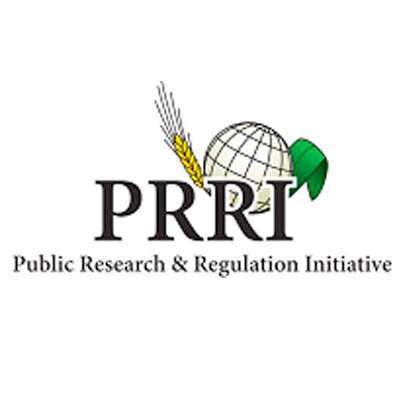Laboratory diagrams
A.- Bagasse treatments
Bagasse is one of the main wastes obtained from the Tequila industry; this, is the remaining matter left after the extraction of the agave head juices. Generally, bagasse is composed by hemicellulose, cellulose, lignin, organic matter, fibers, among others. The percentage of cellulose in bagasse is usually 41.9%; because of this, we saw the opportunity to use bagasse to feed our recombinant bacteria and obtain PHA. In order to use the bagasse for this purpose, we had to obtain simple sugars from it. The bagasse went through 5 different steps (thermo hydrolysis, alkaline treatment, cellulose quantification, enzymatic treatment with Aspergillus niger, and glucose quantification) to obtain glucose and corresponding yields.
1.- Pretreatment thermo-hydrolisis
The thermo hydrolysis treatment consists in adding pre dried Agave tequilana Weber bagasse in a flask along with water, place it in a Soxhlet extractor and a heating plate to create a reflux system and allow hydrolysis.

2.- Alkaline treatment
The previously thermo hydrolysed bagasse will be set to a 7.83 % w/v solution of 3 % w/v NaOH in a refluxing apparatus at 121 °C in a gas extraction hood. The hydrolysed solid will be filtered, and its pH will be set to 7 with H2SO4 (10 % w/v) (Sánchez et al, 2015). Finally, the bagasse will be cut with a mill to reduce the the size of the fiber to 1 mm long pieces and dried in the oven.

3.- Cellulose quantification
In order to determine how much cellulose we were able to obtain from the treatments, a fiber analysis was made. The fiber analysis consists in two main parts, acid digestion and neutral digestion with detergent solutions (FDA and FND respectively). The FND determination, was made by firstly heating a small quantity of treated bagasse Na2SO3 and neutral detergent. After this procedure, an amylase solution was added, and the heat was maintained for over an hour. Finally, the treated bagasse was filtered with vacuum, washed with hot water and acetone, and left in the oven to dry overnight in order to be weighted to make the respective calculations. The FDA determination, was also made firstly by heating a small quantity of treated bagasse with a detergent, but instead of using a neutral detergent, we used an acid detergent. This samples were also filtered with vacuum, washed with hot water and acetone, and left in the oven to dry overnight in order to make the calculations.

4.- Obtention of Saccharifying cellulase from Aspergillus niger and measuring its enzyme activity
A cellulase hydrolysis is a necessary step to obtain glucose and other simple sugars. There are many ways to hydrolyze cellulose into glucose, but team decided to use an enzymatic treatment in order to achieve this, because it is an ecofriendly process. The Saccharifying cellulase is an enzyme from the microorganism Aspergillus niger that hydrolyses cellulose into glucose. This enzyme was obtained by preparing a liquid state fermentation medium with pretreated bagasse (cellulose). Then, after adjusting the pH of the medium at 6, fungal spores of A. niger were added. After the digestion, the broth was filtered and centrifuged. Finally, the supernatant was recovered and saved for further steps (Glucose obtention). The concentration of enzymes was obtained with a spectrophotometer by adding Bradford solution to a sample obtained from the supernatant of the previous procedure, and comparing with a calibration curve made with BSA (Bovine serum albumin).

5.- Glucose obtention and quantification
An essay with Radox-Glu-HK reagents was performed to calculate the glucose concentration after the enzymatic treatment of bagasse with cellulases from A. niger. The recovered liquid from the filtration in the last test was the one used to perform the test.

B.- PHA production with bagasse treatment



Protocol for PHA extraction

PHA extraction with chloroform

PHA characterization

PHA in microscopy

PHA production analysis













